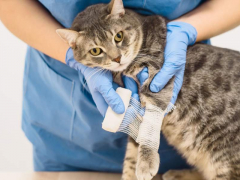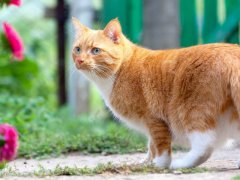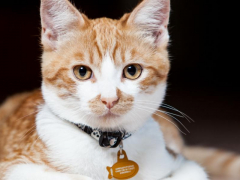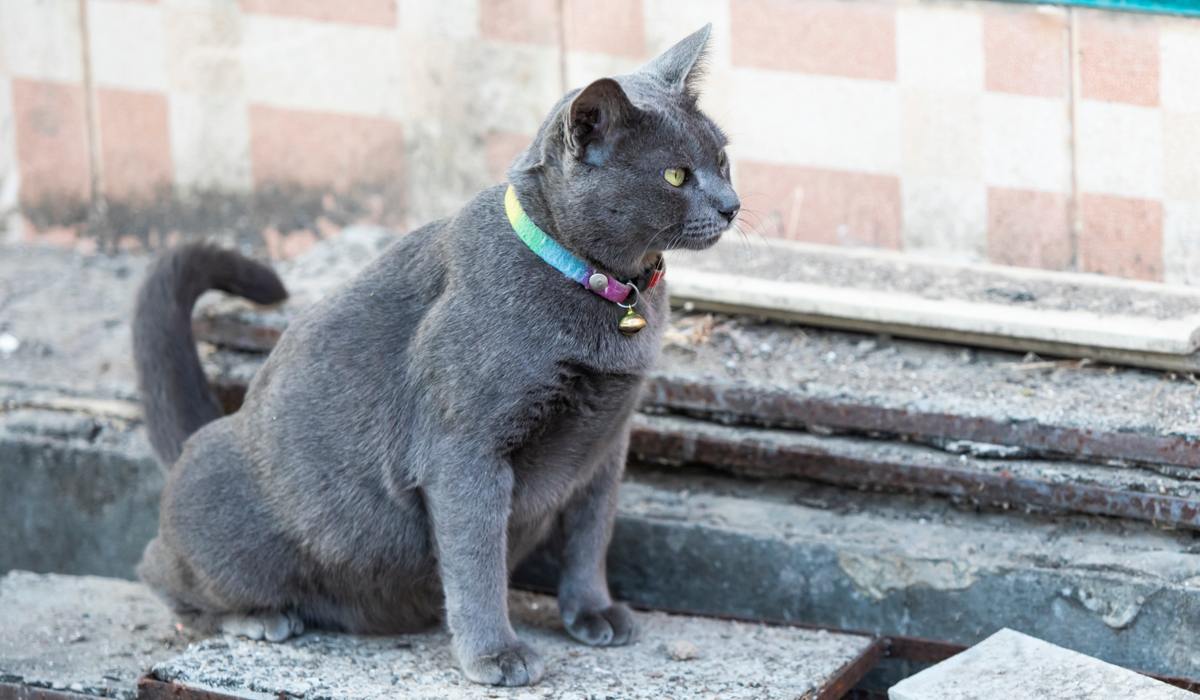
It’s fairly simple to tell how often a cat pees on regular basis as long as you’ve got an indoor feline and you scoop their litter box on daily basis; however it may be tricky for cats with outdoor access who tend to toilet outside and those in multi-cat households since cats are fastidious pets who like their privacy, may urinate more often than normal or outside the litter tray due to medical and/or behavioural reasons.
Modern cat litter furniture and self-cleaning litter robots have made our life easier as cat owners however pose a challenge when it involves keeping a watch on our cat’s daily elimination habits.
Let’s dive into the details and determine if your cat’s pee frequency is normal or signals an issue.
How Many Times a Day Should a Cat Pee?
The domestic cat has preserved several characteristics from their desert dwellers descendants, including the ability to survive on incredibly low water consumption through the production of very concentrated urine, as a result typically a kitten will frequent the litter box as often as they eat (4-6 times per day), an adult cat will pee 2-3 times within a 24hrs period while a senior cat may pee more often due to a medical condition.
To calculate the average quantity of pee in multi-cat households with numerous litter boxes, divide the quantity of urine balls by the number of felines to get a median.
Felines are creatures of habit, usually pee in the same area of the litter tray so if you remain vigilant, clean the tray daily, you’ll be able to spot inconsistencies or variations as soon as they arise.
How Much Pee Is Normal for a Cat?
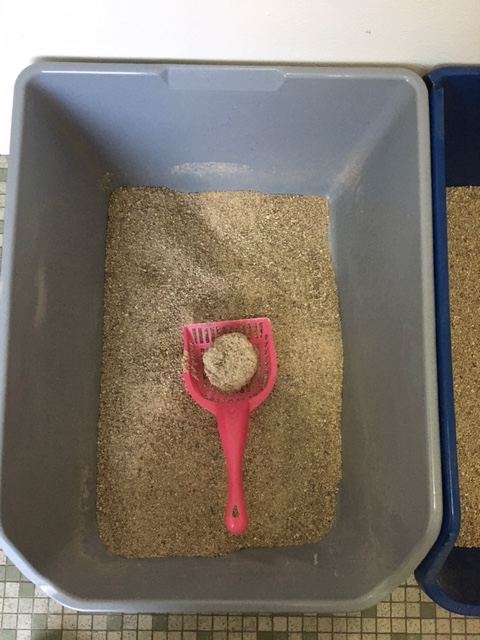
Jimmy’s normal cat size urine. Melina Grin / Cats.com
The amount of urine produced daily by an adult cat will be influenced by several factors which varies between individuals, we will discuss them in more detail later-on in this article.
These include, but not limited to:
- Water consumption
- Cat’s age and medical condition
- Diet
- Medication intake
- Environment
- Climate
- Behavioural anomalies
Normally, adult cats produce the same daily amount of urine, an average of 18-28 ml of urine per kilogram of body weight for every 24 hours while normal urine volume in kittens is between 5 and 60 ml per kg of body weight per day (Osborne, 2014). Polyuria (excessive urine production) is defined as urine volume exceeding 40ml/kg/day.
What Is a Normal Cat Pee Clump Size?
It’s easy to measure a cat’s pee clump size especially if you’re using clumping litter. As a general rule, an adult cat of normal weight with no health issues will wee a clump size between a golf ball to a tennis ball, although I’ve met several cats who pee ‘rivers’. If you use non-clumping litter, just note down the size and number of wet areas prior to scooping.
What Is a Normal Pee Color in Cats?
Normal feline urine may be light yellow or yellow to amber in colour. Normal coloration is attributed to the presence of urochrome and urobilin pigments which are both by-products of normal metabolic processes.
Most common causes for discoloured urine in cats are haematuria (presence of blood in urine), haemoglobinuria, myoglobinuria (excess of myoglobin in urine) and bilirubinuria. Discoloration can also occur after antibiotics treatment whilst changes in cat urine colour are often linked with bladder or kidney conditions and liver disease (S. N. Yadav, 2020).
What Is a Normal Pee Smell in Cats?
Normal urine has a slight smell of ammonia; however the odour depends on the urine amount. Urine smell can vary in intensity depending on the cat’s gender (i.e. intact male cat has a pungent urine odour).
Reasons Why a Cat Pees More Often Than Usual
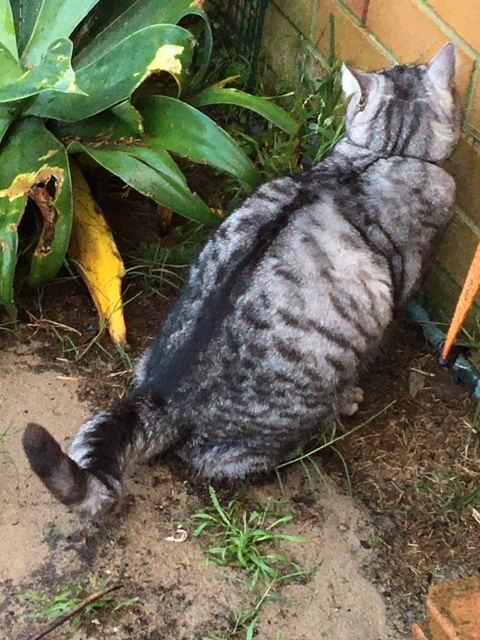
Jimmy peeing outdoors. Melina Grin / Cats.com
Increased or frequent urination can be caused by multiple factors and medical conditions in the pet cat.
Let’s explore them in detail:
Water Consumption
Similar to humans if you drink more water, you’ll pee more, same goes for your cat. If your kitty consumes a lot of water, he/she are going to urinate more than a cat that doesn’t drink much water.
Also Read: Why Is My Cat Drinking a Lot of Water?
Diet Change
If your cat used to be fed wet food and recently transitioned to a dry diet, without a doubt you’ll notice them drinking much more water since dry food contains little water content (6 to 10% moisture) in comparison to canned food (over 80% moisture).
Polyuria/Polydipsia
If your cat starts drinking water more than usual including pee excessively (polyuria) all of a sudden, this can be indicative of ‘polydipsia’ (excessive thirst) that warrants a veterinary health check.
Most common causes of increased drinking and urination include hormonal disorders, renal dysfunction, hepatic disease, diabetes, urinary tract disease, certain kinds of infections, behavioural abnormalities along with increased water consumption due to vomiting or diarrhea.
Stress
Anxiety and stress triggered by environmental changes, travel, introduction of another cat into the household plus inter-cat conflict can cause your cat to demonstrate behavioural alterations or changes to their physical wellbeing in the form of frequent urination, urination/defecation outside the litter box, overgrooming, vomiting together with appetite changes. If your cat is experiencing acute/chronic stress, please consult your veterinarian.
Age
Your cat’s age is another factor that may influence urination patterns. Newborn kittens will pee frequently while senior cats (11 years onwards) will tend to drink plus pee more often than adult felines due to changes within the metabolic process and age-related diseases (i.e. renal failure, diabetes, or hyperthyroidism) which can cause the litter tray to become dirty quicker prompting those cats to eliminate outside the box.
Medical Reasons
There are a vast number of medical conditions that can increase your cat’s urine output which can intensify your cat’s need to urinate, here are some common ones:
- Chronic Kidney Disease (CKD)
- Liver disease
- Diabetes Mellitus
- Feline Lower Urinary Tract disease (FLUTD)
- Hyperthyroidism
Moreover, painkillers and certain medications (particularly prednisolone and anti-seizure meds), can increase your cat’s water consumption and urine production.
Poisoning
Intoxication isn’t uncommon in cats thanks to their grooming habits. Poisoning in cats can result from toxic substance ingestion, poison inhalation, toxin absorption through the paws or poison swallowing while grooming their coat.
Common signs of toxicity include drooling, increased drinking plus urination, vomiting, lethargy, incoordination and/or seizures. If you suspect your cat has ingested ANY poison, seek immediate veterinary advice.
Climate
The weather can influence the amount of water your cat consumes. Just like people, when it’s hot and humid we consume more water and same goes for your cat, especially if he/she has a high play drive and it’s a sweltering day outside, they will tend to drink and pee more.
What To Do if Your Cat Is Drinking and Peeing More Often Than Usual
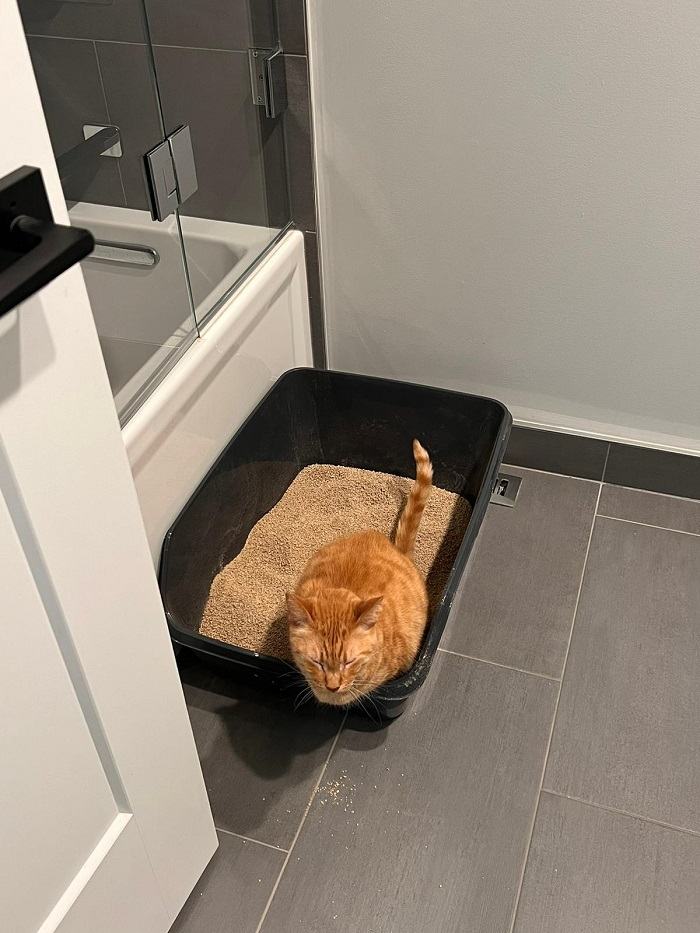
Solj peeing in a new litter tray. Melina Grin / Cats.com
If your cat or kitten suddenly starts drinking more water and peeing more often than usual, it’s time for a thorough health check at the veterinarian.
To help your vet, measure your cat’s water intake and urine output daily. Also note down any other behavioural signs accompanying the increased level of thirst even if they seem unrelated to you.
What Does It Mean if a Cat Is Peeing Less or Unable to Urinate?
Feline Lower Urinary Tract Disease (FLUTD) can develop in cats of any age, breed and gender. The bladder and/or urethra (the lower urinary tract) can become infected or obstructed, preventing your cat from peeing normally.
A cat suddenly peeing less, straining to urinate, experiences pain while urinating, pees outside the litter-tray or unable to pee due to a urethral obstruction requires immediate medical intervention since it’s a life-threatening emergency.
Ureteral blockage happens exclusively in male cats as their urethras are thinner and longer than female cats which makes them more likely to become blocked. Conditions that can cause ureteral obstruction include bladder stones, swelling or spasms of the urethra or accumulation of urinary crystals and cancer.
Conclusion
By paying a close attention plus diarizing your cat’s daily peeing and pooping habits as well as knowing what’s normal and abnormal urination quantity, color and smell for your specific cat can alert you when your cat isn’t feeling well and may even save their life!
-
Care, I. C. (2018, October 05). The Origins Of Cats. (I. C. Care, Compiler) UK. Retrieved June 05, 2022, from https://icatcare.org/advice/the-origins-of-cats/
-
Care, I. C. (2018, September 05). Urethral obstruction in cats. (I. C. Care, Compiler) UK. Retrieved June 10, 2022, from https://icatcare.org/advice/urethral-obstruction-in-cats/
-
Foster, G. R. (2016). Practical urinalysis in the cat 1: Urine macroscopic examination ‘tips and traps’. Journal of Feline Medicine and Surgery, 18, 190–202. Retrieved June 14, 2022
-
Heath, S. (2019). COMMON FELINE PROBLEM BEHAVIOURS - Unacceptable indoor elimination. Journal of Feline Medicine and Surgery, 21, 199–208. Retrieved June 13, 2022
-
Osborne, C. A. (2014, April 01). The ins and outs of polyuria and polydipsia in veterinary practice. (DVM360, Compiler) Retrieved June 09, 2022, from https://www.dvm360.com/view/ins-and-outs-polyuria-and-polydipsia-veterinary-practice
-
S. N. Yadav, N. A. (2020, October 12). Urinalysis in dog and cat: A review. Vet World, PMC7704312, 13(10): 2133–2141. Retrieved June 10, 2022, from https://www.ncbi.nlm.nih.gov/pmc/articles/PMC7704312/
